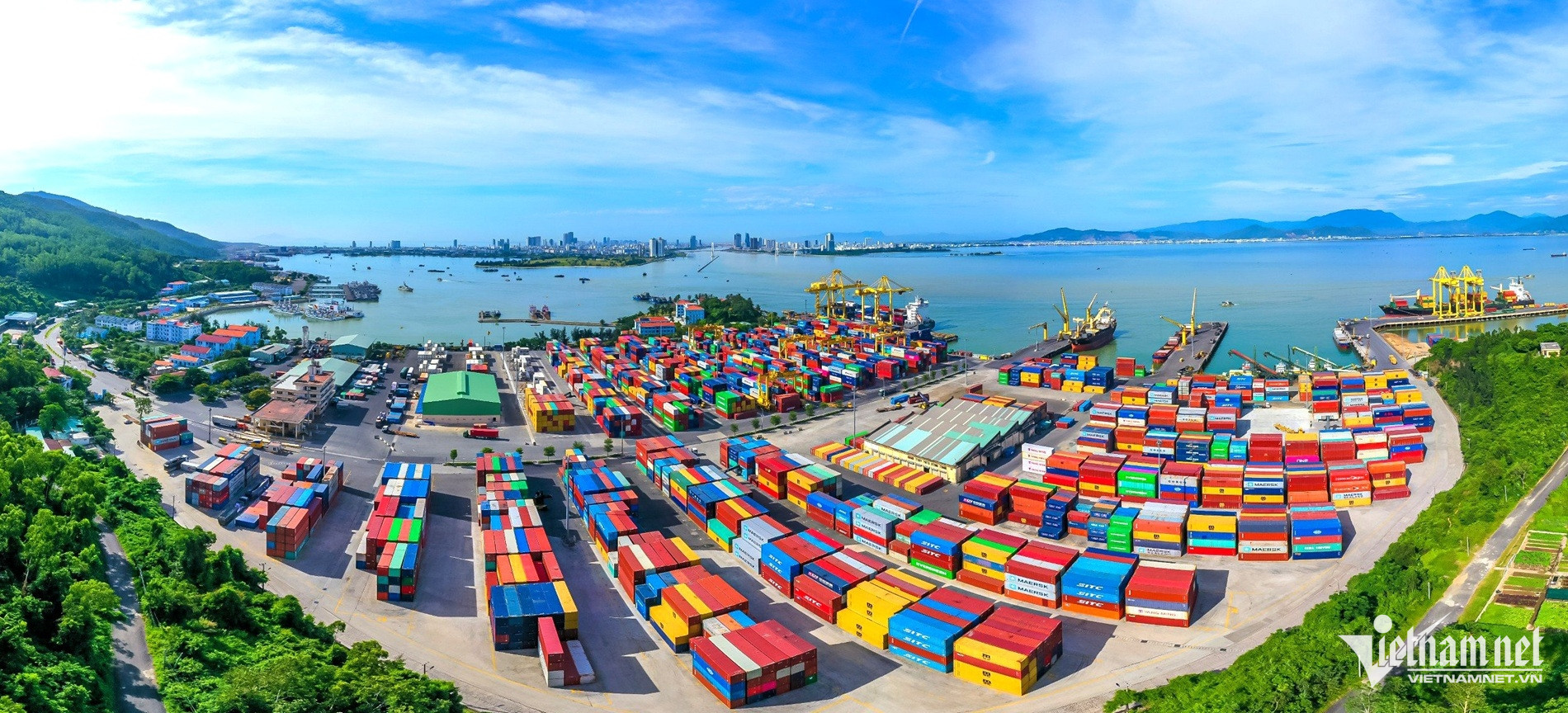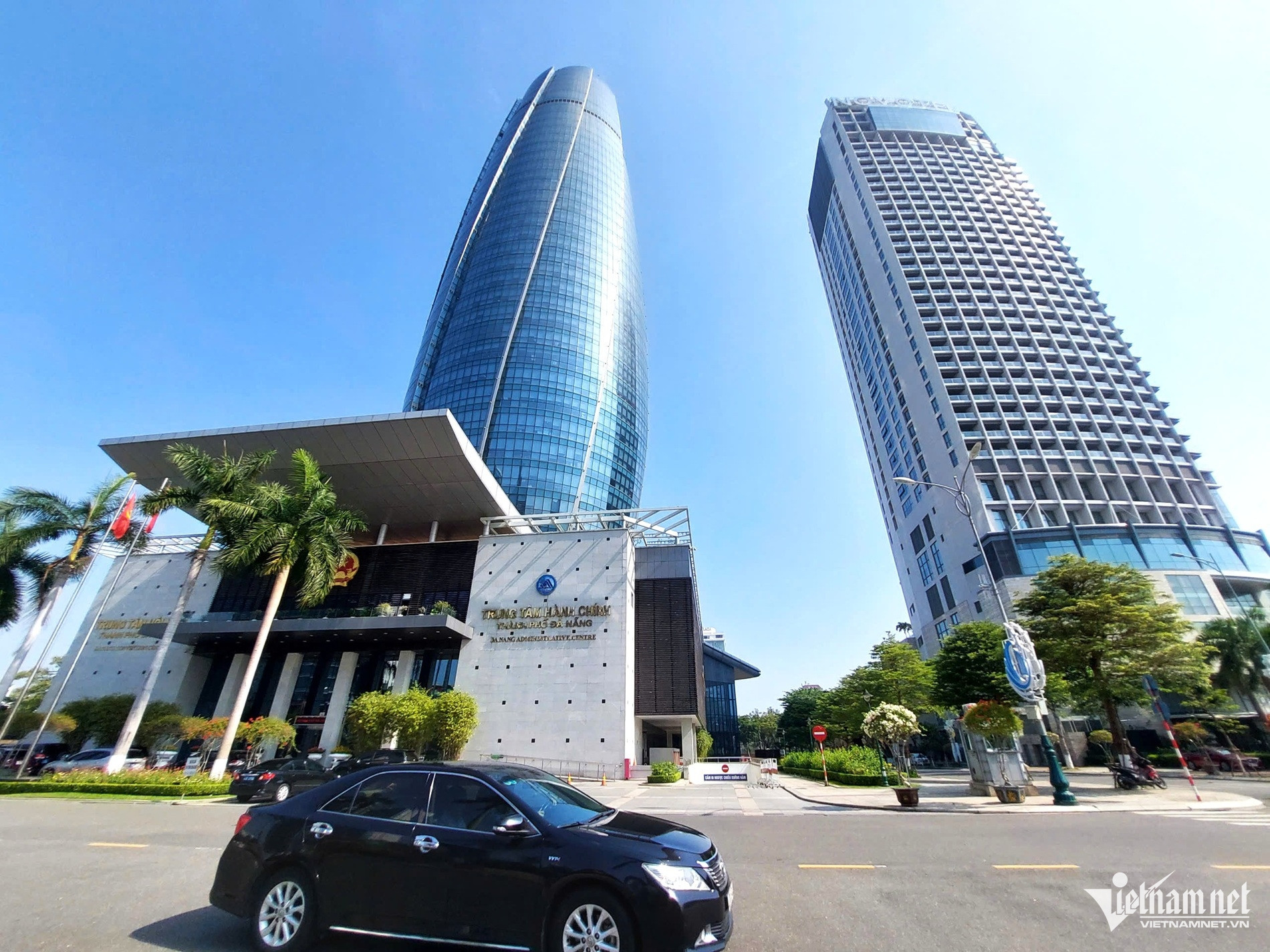
The Da Nang City People’s Council has approved the People’s Committee’s proposal on reorganizing provincial-level administrative units.
Delegates unanimously agreed to merge Quang Nam Province and Da Nang City into a new centrally-governed city named Da Nang, with the political administrative center located in Hai Chau District in Da Nang.
The new Da Nang City covers an area of 11,867km², with a population of over 3 million and 94 commune-level administrative units (23 wards, 70 communes, and Hoang Sa special zone).
Why Da Nang?
According to the Da Nang People’s Committee, the choice (naming the new city as Da Nang) aligns with the naming principles in the National Assembly’s Standing Committee’s Resolution No 76/2025 on 2025 administrative reorganization and the Prime Minister’s Decision No 759 approving the “Plan for Reorganizing Administrative Units and Establishing a Two-Tier Local Governance Model.”
As one of six centrally-governed cities, Da Nang boasts a strong brand as a dynamic, modern, and civilized urban center, serving as a leading economic, cultural, and tourism hub for the central region, Central Highlands and the entire nation.
Adopting the name Da Nang will further affirm the city’s stature and core role, creating strong momentum to attract investment and resources, and enhancing competitiveness and global integration.
Da Nang has established itself as a national tourism brand, with renowned attractions like My Khe Beach, Ngu Hanh Son Mountains, and cultural heritage sites such as Da Nang Ancient Citadel and Linh Ung Pagoda.

Retaining the name Da Nang will maximize tourism and service potential, significantly contributing to regional economic growth.
Moreover, choosing one of the pre-existing names minimizes disruptions for residents and businesses, particularly in updating documents, geographic information, and administrative procedures.
Political and administrative center
The decision to designate Da Nang as the political and administrative center complies with the principles outlined in the Prime Minister’s Decision No 759.
Historically, Da Nang served as the administrative and political center in many development periods. On December 20, 1975, the 5th National Assembly merged Quang Nam Province and Da Nang City into Quang Nam – Da Nang Province, with DaNang as the administrative hub.
Da Nang boasts modern, synchronized transport infrastructure, including ports, railways, highways, and an international airport, facilitating regional and global connectivity and boosting the new province’s import-export activities.
As a Class-1 urban center, Da Nang holds a strategic central position in the central region, with robust administrative infrastructure and strong socio-economic development potential, driven by modern facilities as a key tourism, industrial, and service hub.
Da Nang is planned to develop as a large, ecological, smart, and sustainable city with international stature. Its planning goals position it as a vital national socio-economic hub, connecting to regional and global urban networks.
Choosing Da Nang as the administrative and political center optimizes development opportunities, enhances intra-provincial connectivity, and strengthens the new city’s competitiveness amid global integration and central region economic growth.
The Da Nang People’s Committee’s report showed that the city now has 224,259 household-representative voters. Of these, 223,000 participated in the poll, a 99.44 percent turnout. Among them, 222,482 supported the merger of Quang Nam and Da Nang to form Da Nang City, accounting for 99.77 percent.
For Quang Nam, there are 428,270 household-representative voters. Of these, 424,060 participated in the poll, a 99.02 percent turnout, with 421,940 approving the merger, or 98.52 percent.
Da Nang Party Secretary Nguyen Van Quang, at a voter meeting in Hai Chau, Thanh Khe, and Lien Chieu districts on April 25 said after 27 years of temporary separation for each locality to develop, Quang Nam and Da Nang are now “reuniting under one roof.”
Post-merger, the new Da Nang City will span approximately 12,000 km², nearly 10 times the current size of Da Nang, making it one of Vietnam’s largest cities by area and population.
The merger joint steering committee of both localities has held three meetings so far, initially agreeing on reorganization plans and directions. The finalized merger plan on rearranging commune- and provincial-level administrative units is scheduled to be submitted to the central government by April 30.
Bui Van Tieng, former Head of the Da Nang Party Committee’s Organization Commission, affirmed that the current merger of Quang Nam and Da Nang is not a return to 30 years ago. The decision to separate Quang Nam and Da Nang at that time was entirely correct. Back then, the resources of Quang Nam – Da Nang Province were insufficient to manage a vast region from Hai Van to Doc Soi.
But things have become different after 30 years. Quang Nam, once among Vietnam’s poorest provinces, reliant on over 70 percent central government subsidies, has become a relatively developed province in the central region.
Meanwhile, Da Nang has emerged as an “ideal model” for young, dynamic, livable cities. In the current conditions, the merger was inevitable.
Ho Giap